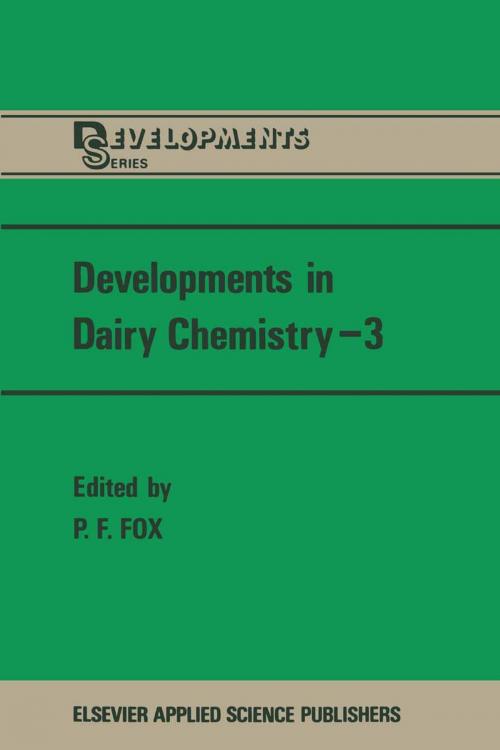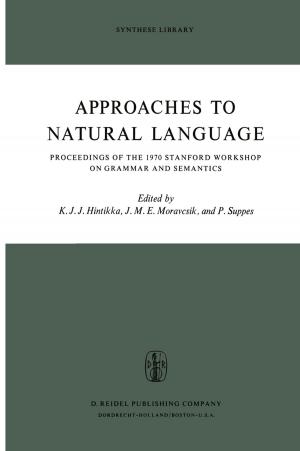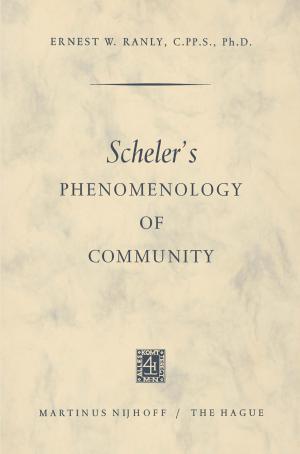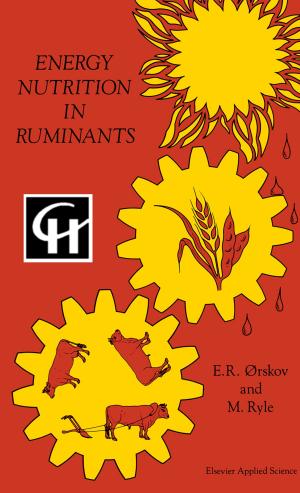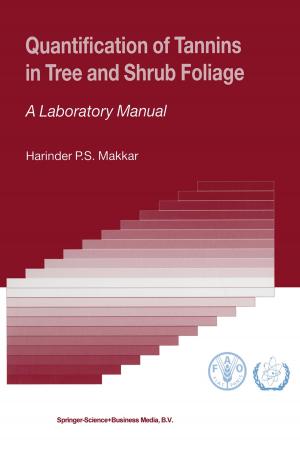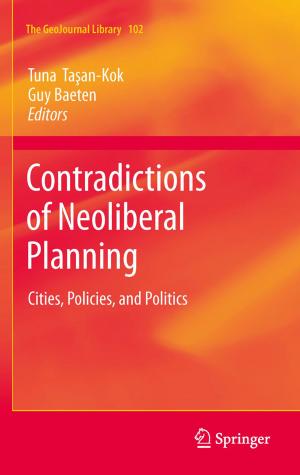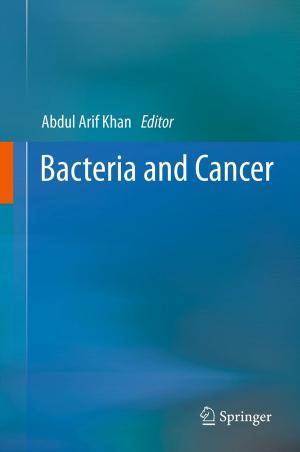Developments in Dairy Chemistry—3
Lactose and Minor Constituents
Kids, Natural World, Nonfiction, Reference & Language, Education & Teaching, Science & Nature, Science| Author: | ISBN: | 9789400949508 | |
| Publisher: | Springer Netherlands | Publication: | December 6, 2012 |
| Imprint: | Springer | Language: | English |
| Author: | |
| ISBN: | 9789400949508 |
| Publisher: | Springer Netherlands |
| Publication: | December 6, 2012 |
| Imprint: | Springer |
| Language: | English |
This volume is the third in the series on the chemistry and physical chemistry of milk constituents. Volumes 1 and 2 dealt with the com mercially more important constituents, proteins and lipids, respectively. Although the constituents covered in this volume are of less direct commercial importance than the former two, they are nevertheless of major significance in the chemical, physical, technological, nutritional and physiological properties of milk. Lactose, the principal component of the milks of most species, is a rather unique sugar in many respects---it has been referred to as one of Nature's paradoxes. It is also the principal component in concentrated and dehydrated dairy products, many of the properties of which reflect those of lactose. The chemistry and principal properties of lactose have been thoroughly researched over the years and relatively little new information is available on these aspects; this new knowledge, as well as some of the older literature, is reviewed in Chapter 1.
This volume is the third in the series on the chemistry and physical chemistry of milk constituents. Volumes 1 and 2 dealt with the com mercially more important constituents, proteins and lipids, respectively. Although the constituents covered in this volume are of less direct commercial importance than the former two, they are nevertheless of major significance in the chemical, physical, technological, nutritional and physiological properties of milk. Lactose, the principal component of the milks of most species, is a rather unique sugar in many respects---it has been referred to as one of Nature's paradoxes. It is also the principal component in concentrated and dehydrated dairy products, many of the properties of which reflect those of lactose. The chemistry and principal properties of lactose have been thoroughly researched over the years and relatively little new information is available on these aspects; this new knowledge, as well as some of the older literature, is reviewed in Chapter 1.
